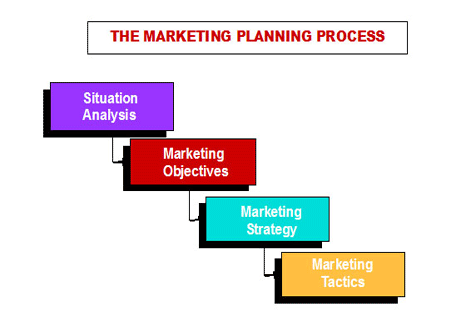
The marketing program for each foreign market must be carefully planned. Managers must first decide on the precise customer target or targets to be served. Then managers have to decide how, if at all, to adapt the firm's marketing mix to local conditions. To do this requires a good understanding of country market conditions as well as cultural characteristics of customers in that market. We have already addressed the need for cultural sensitivity. This section will discuss reasons for standardization versus adaptation for the global market before highlighting specific international marketing mix decisions.
Standardization or Adaptation for International Markets?
At one extreme are companies that use a standardized marketing mix worldwide. Proponents highlight several reasons for global standardization.
HOMOGENEOUS NEEDS AND PREFERENCES.
The presence of homogeneous needs among customers permits the building of global brands such as Levi jeans and Nike sports shoes. In these cases, the 'home culture' has been successfully exported to mass markets abroad, where consumers share a similar attraction to the cult image that Levi portrays and the 'just do it' attitude that Nike extols. The success of Ilaagcn-Dazs is another case in point. The product has a long history in North America. Under a new, aggressive management team, it was successfully launched in Japan and Europe. Throughout these markets, Haagen-Dazs uses a standard marketing approach: high quality, high price, selective distribution outlets, and sexual imagery. Similar examples can be found for niche products, especially luxury goods: Carder jewelry, Roles watches, Royal Doulton fine china, Mikimoto pearls, and Louis Vuitton luggage are all marketed in the same way to consumers showing similar preferences for the exclusive image that these brands portray across the globe.
CONSUMER MOBILITY-
A larger number of people are traveling more widely, thus allowing more products to be marketed to them on a global basis. Kodak film, for example, is sold worldwide in its distinctive yellow box and the emphasis upon wide availability is similar across markets. Travelers can expect to find Novotel hotels across Europe to offer similar standards of service and food.
ECONOMIES OF SCALE/EXPERIENCE.
In many industries, cost advantages are essential for competitive success when operating on a global scale. Economies are derived from discounts from bulk purchases and/or sharing R & D, marketing, production, and managerial resources among different markets. A standardized marketing program reduces costs even further, letting companies offer consumers higher-quality and more reliable products at lower prices. Gillette Sensor's worldwide launch is a good case of how the firm derived scale economies from a standardized global approach.
The Sensor took ten years to develop. It represented a breakthrough in wet-shave technology. It was essentially a niche product. To recuperate funds already spent on the product's development and launch, it needed high unit sales, so had to be marketed globally. Gillette identified three cultural universals (attributes that transcend national cultures) associated with wet shaving: comfort, the closeness of shave, and safety.
The company exploited these; in a common communications campaign — 'the best a man can get. The worldwide launch was a phenomenal success. So successful was the Sensor campaign that its effects spilled over into a new, complementary product - the Shaving Gel - which enjoyed raised awareness and sales.
To learn more about this topic through this link.
Developing a Strategic Marketing Plan